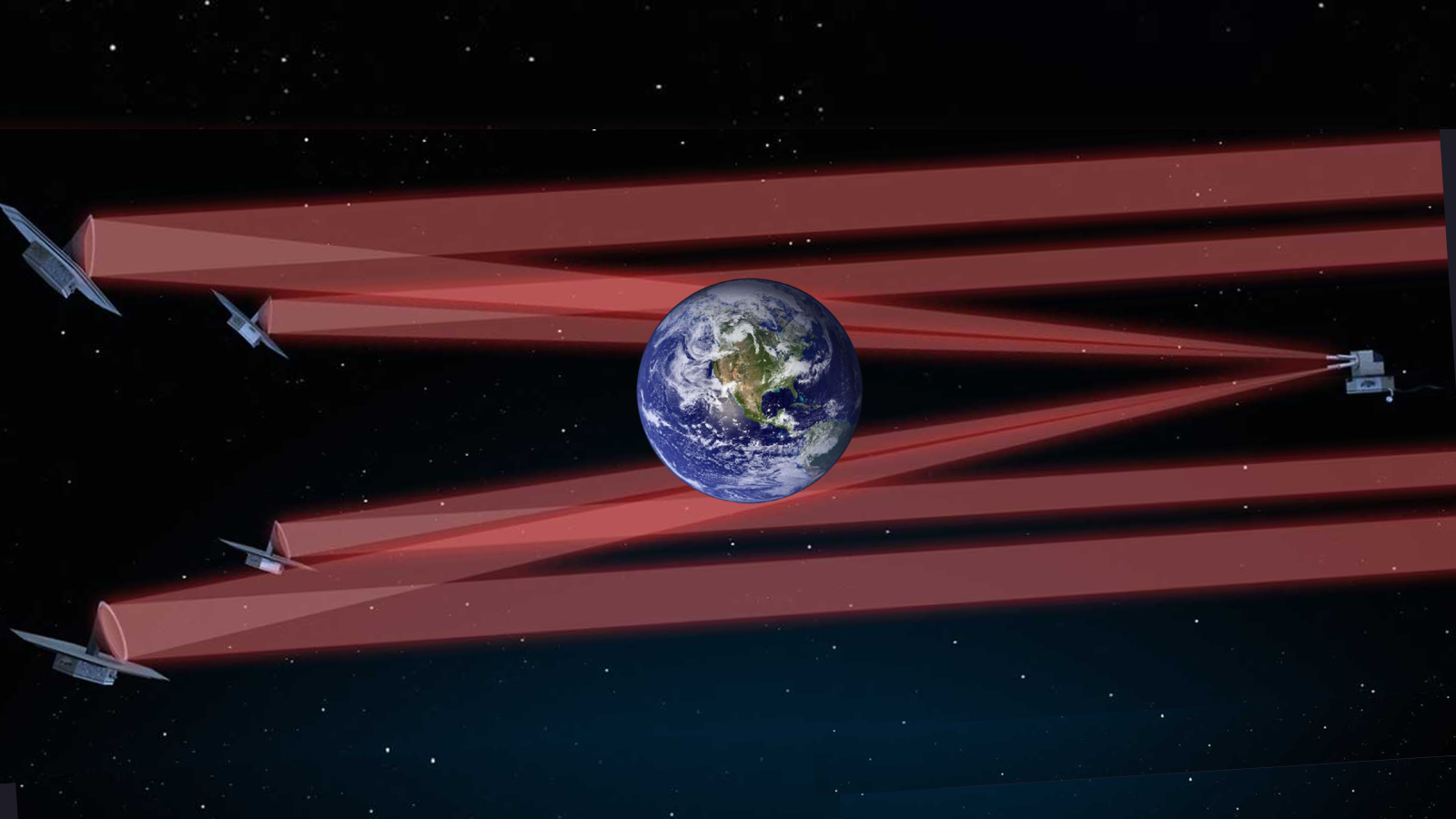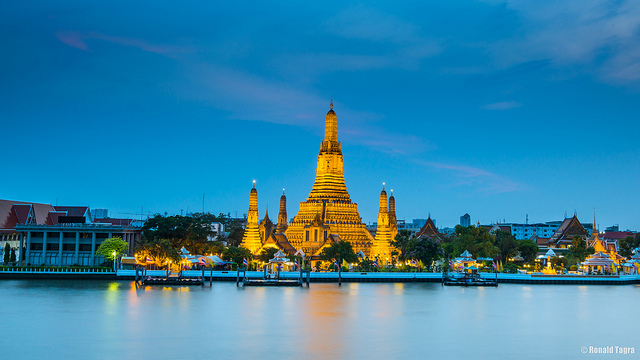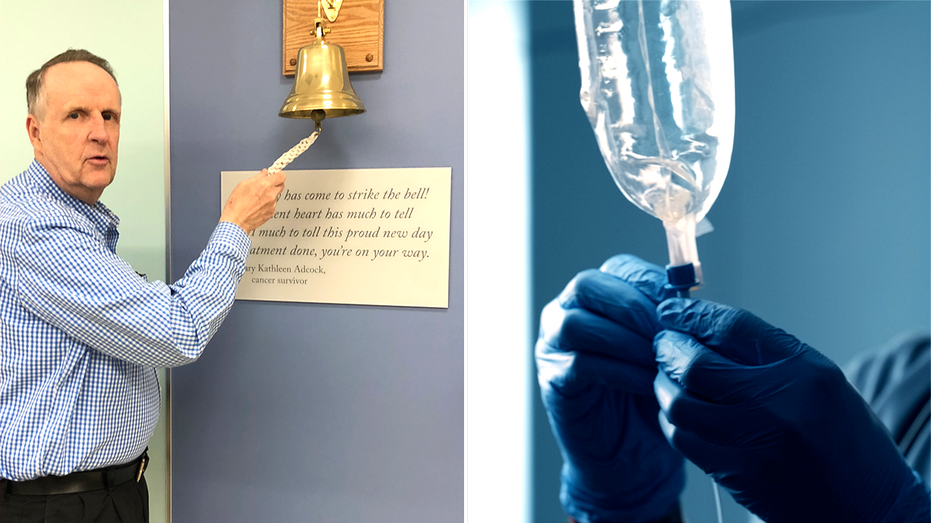This Breathing Hack Reverses Anxiety Symptoms Almost Instantly
Works like magic.

Between the morning rush to drop off the kids and the race to beat traffic, life often feels like a nonstop sprint. So, it’s no surprise that over 40 million adults in the U.S. struggle with an anxiety disorder. The good news? There are simple, science-backed ways to ease anxiety in just minutes. One of the most effective techniques—the 4-7-8 breathing method—can help regulate your breath, calm your mind, and reduce anxiety in a matter of minutes.
"The 4-7-8 breath is an exhale-emphasised breathing technique because the exhale is twice as long as the inhale," says Anouska Shenn, a certified breathwork facilitator and founder of The Office Yoga Company. "The slow, extended exhale increases activity in our vagus nerve, which is the primary nerve of our relaxation response (the parasympathetic nervous system)."
Why It Works
Unlike the popularized Wim Hof breathing technique that aims to boost endurance by increasing oxygen intake, the 4-7-8 technique is designed to calm the nervous system and reduce stress.
"The 4-7-8 pattern actually helps regulate the nervous system by shifting it OUT of a fight-or-flight state and into a rest-and-digest state," says Cheryl Groskopf, LMFT, LPCC, an anxiety, trauma, and attachment therapist based in Los Angeles." When you slow the exhale (like you do in this technique), you're signaling to the vagus nerve that you're safe. This activates the parasympathetic nervous system—your body’s brake pedal—and helps calm things down: slower heart rate, more relaxed muscles, less cortisol flooding your system. And the 'hold for 7' part helps your system tolerate stillness without jumping into panic mode."
Related: The Sleep Hack Navy SEALs Use to Feel Refreshed and Energized in Under 10 Minutes
How to Do It
- Inhale for 4 seconds.
- Hold for 7 seconds.
- Exhale for 8 seconds.
- Repeat for 4+ cycles or as needed to achieve the calming effect.
"Generally, if the 7-second hold feels too intense—or triggers lightheadedness or shortness of breath—you can shorten it," Groskopf says. "Try a 3-4-6 pattern instead. Or simply exhale longer than you inhale—that’s the key piece anyway! The extended exhale is what calms the nervous system."
When to Do It
While this can be used as a last-minute saving grace, Groskopf suggests practicing this technique when you already feel calm first, then integrating it when you are feeling overwhelmed.
But if you do have to use it when anxiety kicks in, she suggests using it "before anxiety peaks or as soon as you feel your body start to activate—tight chest, racing thoughts, jaw clenching, etc. It’s most effective when you catch the wave early. But it works best when you do it consistently—your nervous system responds better to repetition than a one-time trick."

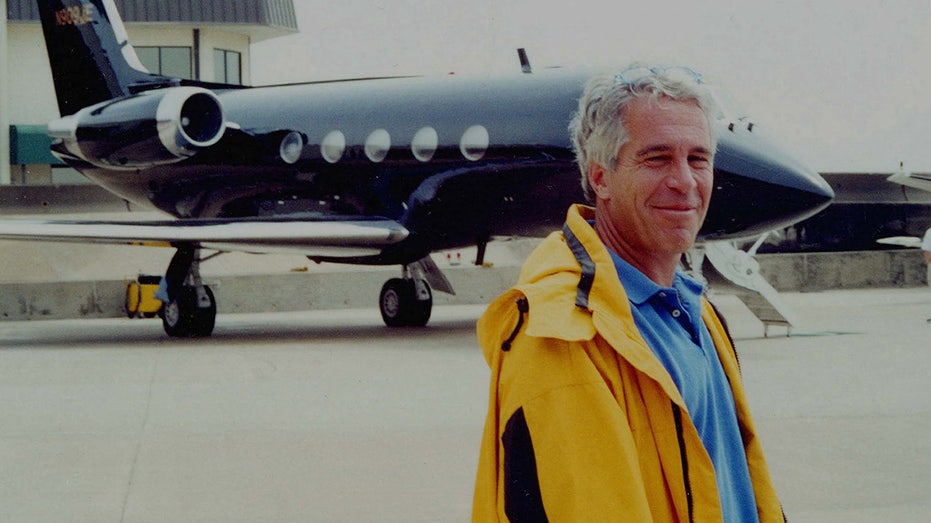


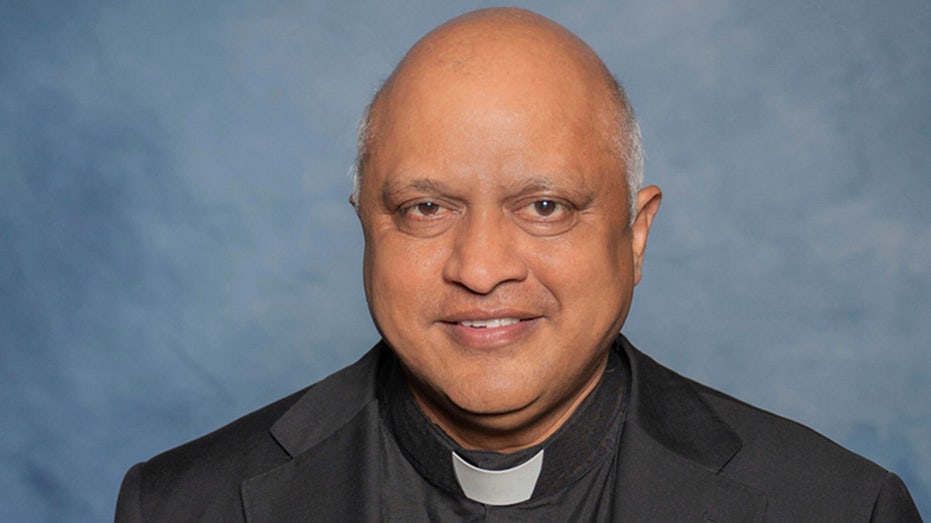









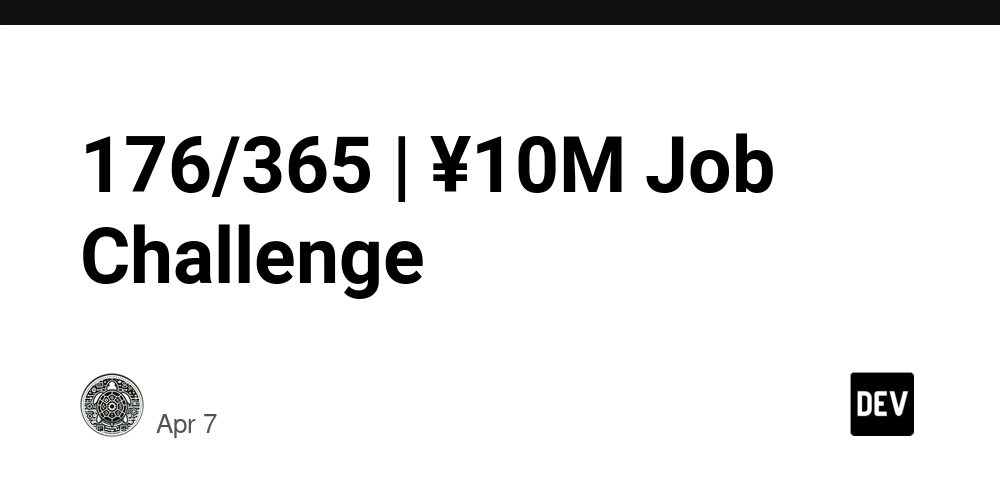




_NicoElNino_Alamy.png?#)






